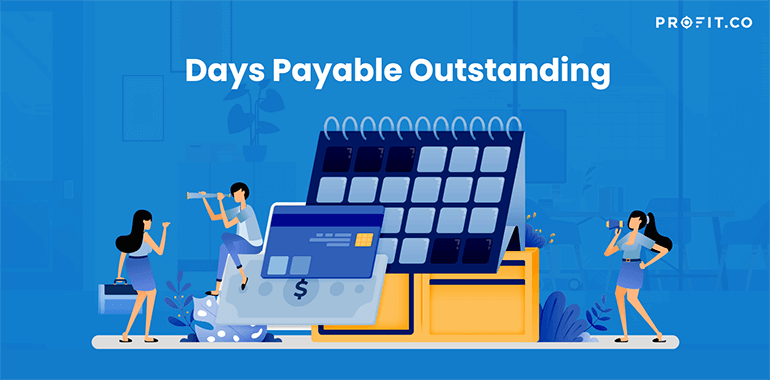This financial ratio compares the cost of sales, accounts payable, and the number of bills that remain unpaid in order to calculate the average time in which a company pays its invoices and bills to vendors or other companies.
The days payable outstanding (DPO) ratio is usually measured on an annual or quarterly basis in order to determine how the cash flow balances of a certain company are being managed. This basically means that the company will be able to do more things with the money that’s supposed to go into its bills.
The Basics of Days Payable Outstanding
For example, let’s presume that you purchase something for your company on credit. Usually, these credits can be paid in a period of 30 days – during these days, your company will be able to use the money for emergencies or other operations, while using the materials/ resources it bought.
Why is DPO important?
Well, because a company that has a high Days Payable Outstanding can make use of the cash that it doesn’t have to pay in order to take care of other issues/ problems that may arise within the company – earning interest, producing more goods, or managing operations.
It’s quite clear – a company can use the money it has to pay at the end of the month in order to make a profit; a type of investment, one could say.
The Formula of Days Payable Outstanding
A company’s DPO can be found out by firstly dividing the cost of sales by the number of days and then taking the accounts payable and dividing them by the result of the first calculus. Let’s take a look into the terms in order to understand the equation better.
The cost of sales is, naturally, the company’s expenses that are resulted from manufacturing the product or from making it ready to be sold to customers. This cost includes everything from utilities to raw materials, and to rent that is applied directly to the production of a product.
The number of days – quite obvious – is what the cost of sales and the account payable are based on. Lastly, the accounts payable represent the amount of money that’s being owed to the supplier or vendor of a certain company.
Final Statement
So, you might think that a company having a higher DPO does not have a good standing in the eyes of the investors – because, of course, it takes more time for it to pay off the credit that resulted from a purchase.
However, this is definitely not the case – investors consider companies with a higher DPO as more liquid than the ones that have a smaller DPO. Why? A high DPO means that the company can afford to make short-term investments using the money it has to pay back to its vendor.
This was one of the advantages; naturally, there are also some disadvantages. The main disadvantage a company with a higher DPO is the fact that vendors might not be happy that they are not paid early and, therefore, refuse to do business with the said company in the future.
In such a situation, the company must choose whether it wants to improve its cash flow or keep its vendors happy.
